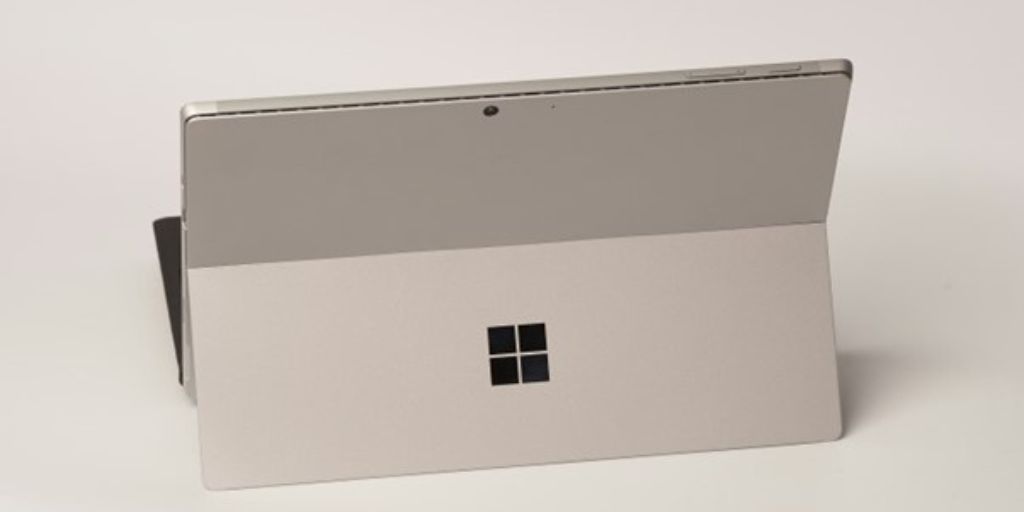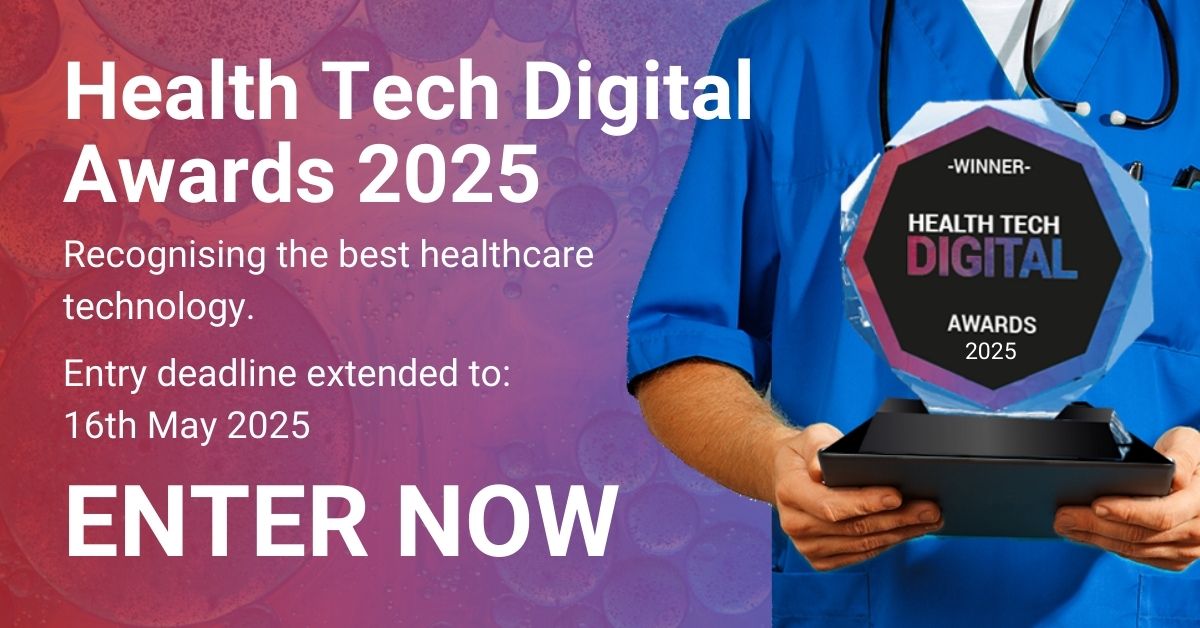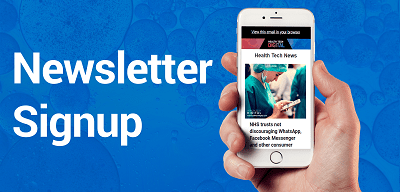
Computers have been an integral part of healthcare organizations for more than five decades, with their uses evolving from a simple store of records to more advanced tasks, such as modeling genomic structures and early testing of vaccinations, among other remarkable achievements.
What is seldom discussed about computing is how the underlying technologies have evolved and changed to meet the needs of the end-user—healthcare professionals. To meet the ever-growing appetite for computing resources, hardware and software vendors must continually innovate, leading to innovations.
When new technologies come to the broader market, such as recent developments in artificial intelligence (AI) and machine learning and hardware innovations, such as the development of AI PCs, leaders in healthcare workforces, such as those with an MBA for Healthcare Administration, must closely evaluate how these technologies will shape and transform medical practice in the years ahead.
From platform usage to ethical implications and the role of data governance, observing the current AI boom and its potential impact on healthcare programs worldwide highlights the vital role that healthcare staff has in shaping how new computing technologies are used in the workforce. How will the AI PC boom help to shape the future of healthcare?
Technological Adoption at Pace
In recent years, technology has helped support healthcare in ways that have made a meaningful difference in the lives of patients and staff. Take the recent COVID-19 pandemic – a crisis that killed more than a million Americans and has had untold ripple effects on the economy. In some parts of the country, residents faced lockdowns, and in others, refrigerated trucks were used to support overflow at funeral homes and morgues alike.
Technological innovations helped America get through the pandemic faster than previously thought possible. With the power of the general public, programs such as Folding@home allowed for the rapid mapping and understanding of how COVID-19 was structured. This information could then be fed back to researchers, who used that information to help develop treatments to limit the impact of the disease.
Rapid technological innovation helped to limit the impact of the pandemic. Instead of taking ten years to find a cure, a vaccine was available to the public in under two years. While COVID presented a challenging time for many, the innovations discovered in that time heralded new hope for how technology can improve health outcomes faster than the tooling available to prior generations.
A New Type of Tool: AI & ML
In recent years, machine learning algorithms and artificial intelligence applications have become commonplace in many sectors, including healthcare. While large learning models (LLMs) like ChatGPT hold immense promise for office workers, other, more nuanced applications of AI are capturing the attention of medical researchers and regulators alike.
Take, for example, the challenges that arise when reviewing sensitive medical scans, such as CT scans. Diagnostic images are widespread in medical practices. However, a human often requires extensive experience to detect minor variations and nuances in a scan.
In these situations, machine learning algorithms trained to recognize and categorize scan anomalies can be incredibly beneficial in identifying issues and supporting patient care. By ingesting prior patient records, an ML model can be trained on an AI PC to recognize a particular result and then apply that knowledge to future checks and scans, supporting the work of healthcare professionals with limited expertise.
Consider this—an analytical model powered by immense volumes of historical records that can support the work of traditional healthcare specialists. Currently, some models are being evaluated to identify conditions such as pulmonary tuberculosis and arterial plaque; however, it’s not unreasonable to argue that this is only the beginning.
While AI may seem like a corporate buzzword, the applications it could bring to healthcare are potentially transformative. These become particularly powerful when you consider that some applications can be made from a modern computer – without requiring extensive computational resources.
Consider, for example, the idea of using AI-generated avatars to help support patients suffering from dementia or Alzheimer’s, which is being explored in Australia. These sorts of innovations could be game changers – increasing the quality of patient care and ensuring healthcare workers are adequately supported to thrive in their desired careers.
The Potential AI in Healthcare
AI has immense potential; however, it also has challenges. What happens if an AI model goes wrong or administers the wrong treatment? As can be seen in the many cases of AI chatbots gone rogue, there’s the potential for new technology to go bad.
Ultimately, if the adoption of AI and AI PCs is to be successful in healthcare, many steps will be required—not only securing the hardware used to generate these models but also governance, IT management, and resource management. AI has immense potential, but the right policies and procedures must be in place to handle its rise in the modern healthcare workforce.
Could AI PCs be the future of healthcare organizations? They could redefine what it means to work as a healthcare professional – to benefit both staff and patients. While AI holds great promise, it will take the tireless work of healthcare professionals to ensure that it is used in meaningful and valuable settings.











